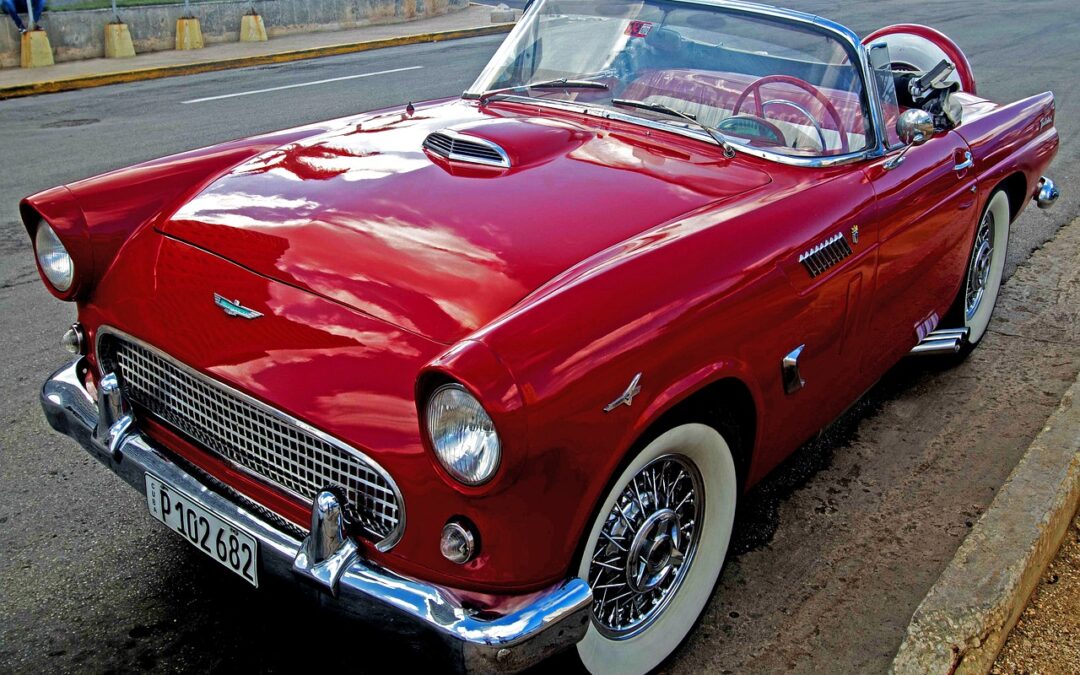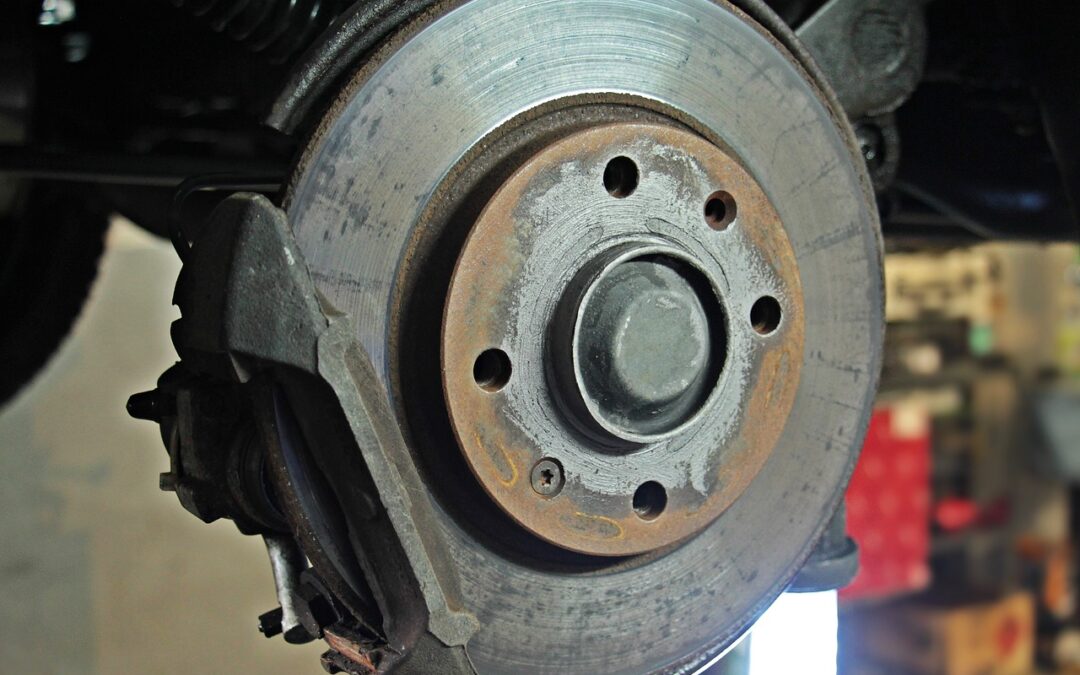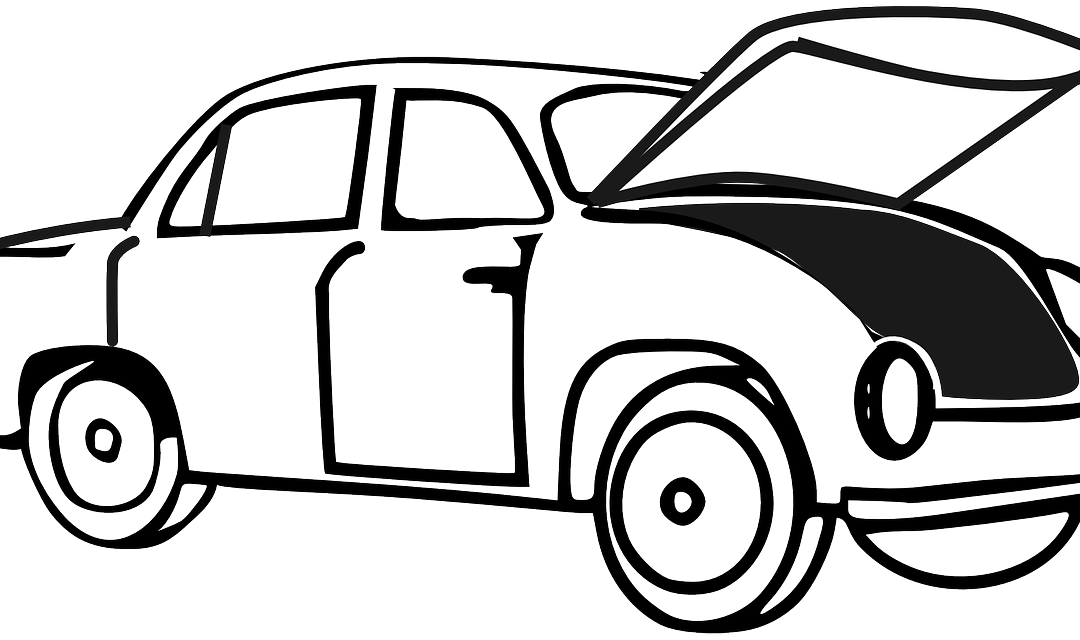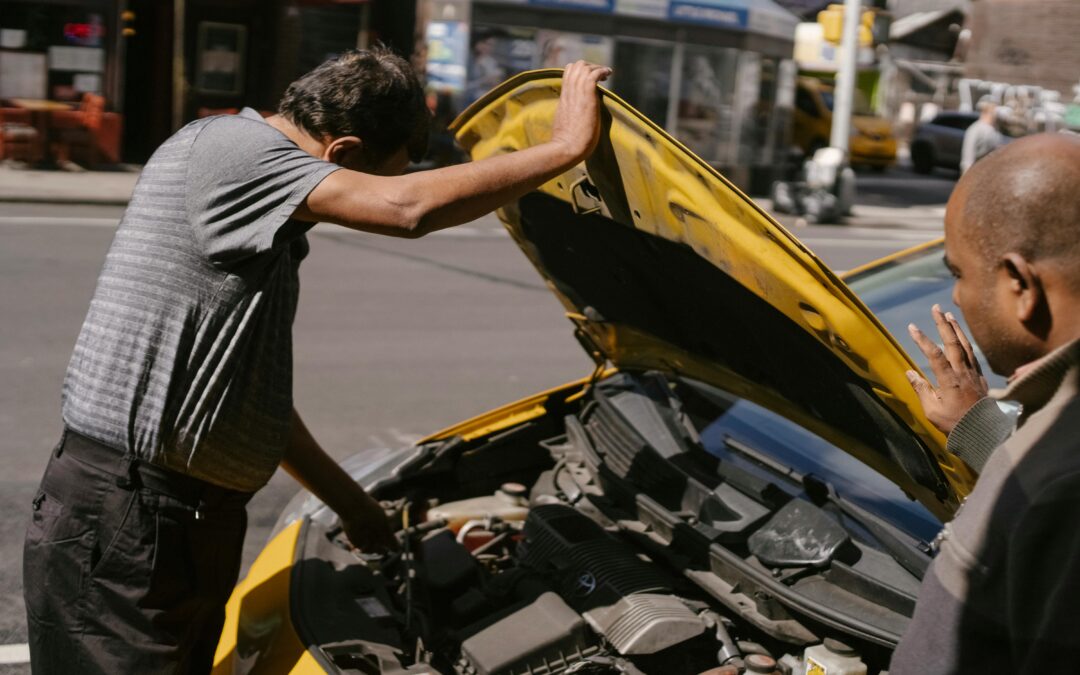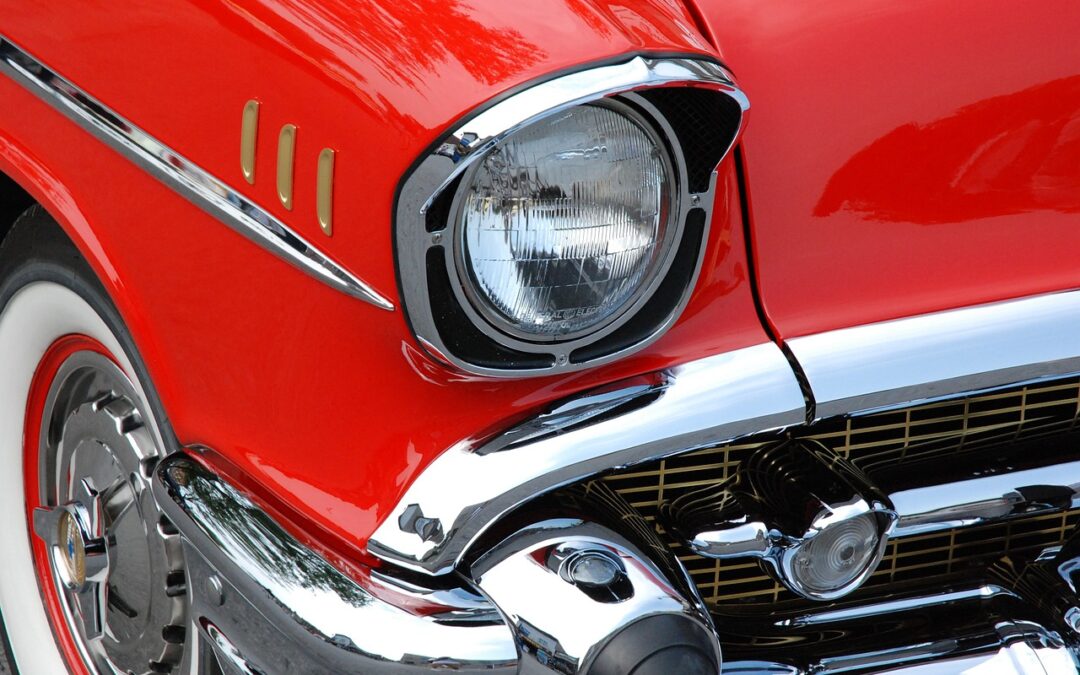
Revitalize Your Ride: Expert Chrome Restoration Tips for Vintage Thunderbirds
Revitalize Your Ride: Expert Chrome Restoration Tips for Vintage Thunderbirds
For many classic car enthusiasts, the brightwork, particularly the chrome detailing, is what initially draws the eye and captures the heart. On vintage Ford Thunderbirds from the mid-1950s, chrome isn’t just an accent—it’s a defining characteristic. Over time, however, chrome can become pitted, tarnished, or rusty. Restoring the chrome on your vintage Thunderbird not only enhances its appearance but also increases its value and longevity. This comprehensive guide will take you through the steps of chrome restoration, ensuring your Thunderbird shines with all its intended glory.
Understanding Chrome on Vintage Thunderbirds
The 1955-1957 Thunderbirds featured extensive chrome work, including the iconic front bumper, grille, headlamp bezels, and tail fins. This chrome plating is essentially a very thin layer of chromium electroplated onto a metal, usually steel. Understanding this is crucial as it influences how you approach the restoration process.
Assessing the Condition
The first step in any restoration project is to assess the condition of the chrome:
- Light tarnish or dirt can often be cleaned and polished.
- Pitting occurs when small pits or craters form, often from rust beneath the chrome.
- Peeling or flaking indicates that the chrome plating is failing, and re-plating might be necessary.
Cleaning and Polishing Chrome
If the chrome on your Thunderbird is mostly intact and free from severe pitting or peeling, you might only need a good cleaning and polishing to restore its shine. Here’s how to do it effectively:
- Wash the chrome with soapy water and a soft cloth to remove any dirt and grime. Dry thoroughly.
- Polish with chrome polish: Apply a high-quality chrome polish such as Mothers California Gold Chrome Polish. This helps remove tarnish and minor rust spots. Use a non-abrasive applicator, and follow with a microfiber cloth to buff the chrome to a high shine.
Dealing with Rust and Pitting
If your Thunderbird’s chrome has rust and pitting, more intensive methods are required:
- Remove rust: Use a fine steel wool or a specialized rust remover like Turtle Wax Chrome Polish & Rust Remover. Work gently to avoid scratching the underlying metal.
- Fill pits if necessary: For deeper pits that don’t disappear with polishing, you may need a filler or a professional service to build up the area before re-plating.
Re-plating Chrome
Severely damaged chrome, where polishing and rust removal are insufficient, may require re-plating. This is a detailed and often costly process but necessary for a full restoration:
- Find a reputable chrome plating shop: Services like Paul’s Chrome Plating and Advanced Plating specialize in automotive chrome and offer high-quality results.
- Prepare your part: This usually involves stripping the old chrome and any rust, repairing any damage, and ensuring the piece is smooth and ready for plating.
- Electroplating: The part is dipped in a series of chemical baths to clean and prepare the surface, then electroplated with layers of nickel and finally chrome.
Protecting Your Restored Chrome
Once your Thunderbird’s chrome is gleaming again, protecting it will extend its life and reduce future restoration efforts:
- Wax regularly: Apply a protective wax like Collinite Metal Wax #850. This will shield the chrome from the elements and reduce oxidation and rust.
- Store properly: Whenever possible, store your Thunderbird in a garage and use a breathable car cover to protect it from moisture and dust.
Regular Maintenance
Regular maintenance is key to keeping the chrome on your Thunderbird in top condition. Clean and inspect the chrome regularly, especially after exposure to harsh conditions. Quick attention to any spots or pits can prevent larger issues down the line.
Conclusion
Restoring the chrome on your vintage Thunderbird can be a rewarding endeavor that not only restores its original beauty but also protects your investment. Whether you’re doing a light polish or a full re-plating, the key is to use quality products and techniques suited to the condition of your chrome.
References
- Mothers California Gold Chrome Polish: Mothers.com
- Turtle Wax Chrome Polish & Rust Remover: TurtleWax.com
- Paul’s Chrome Plating: PaulsChrome.com
- Advanced Plating: AdvancedPlating.com
- Collinite Metal Wax #850: Collinite.com
By following these steps and using recommended products, your Thunderbird’s chrome will continue to reflect its historic splendor, ensuring that this classic car remains as captivating as it was when it first hit the roads.

